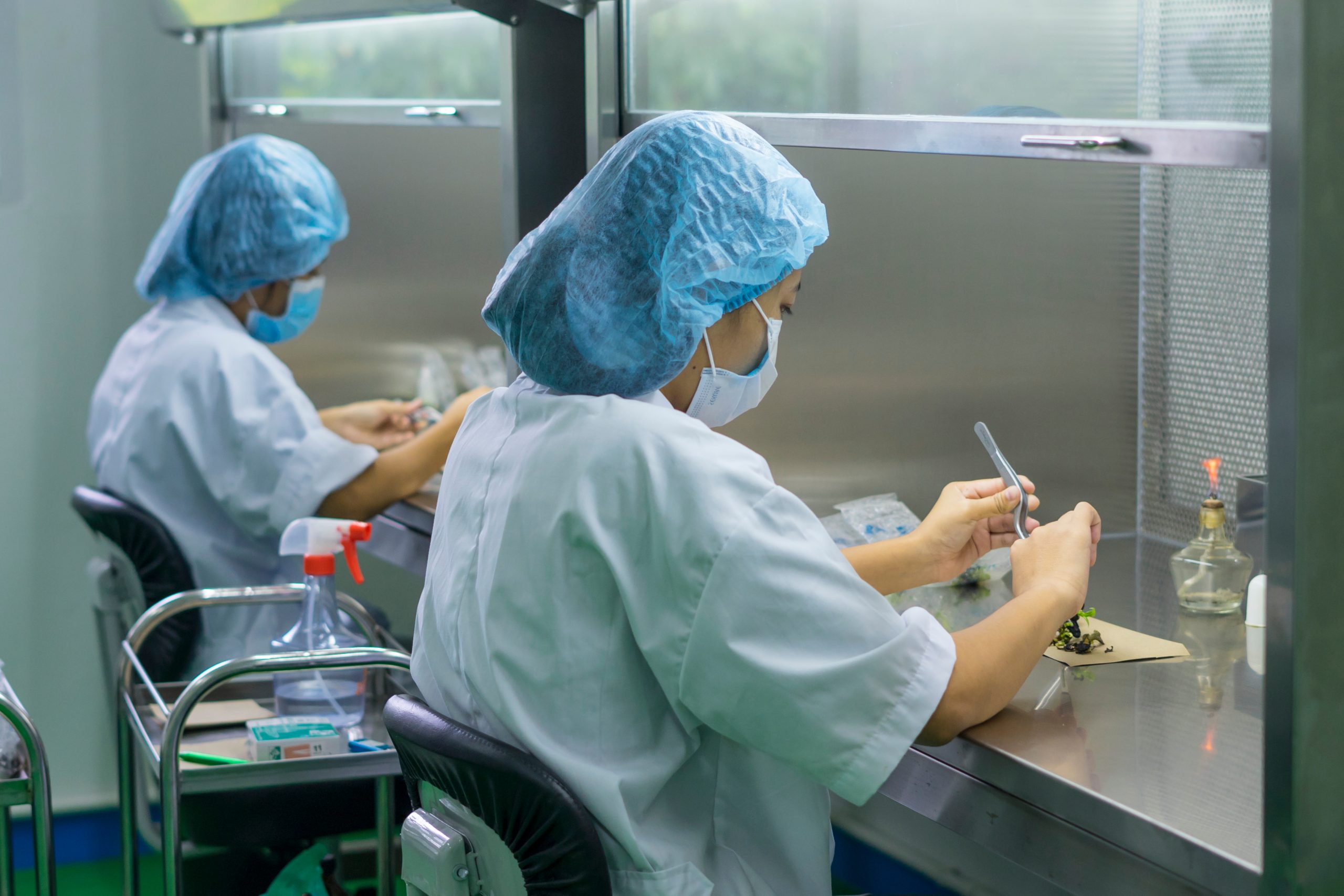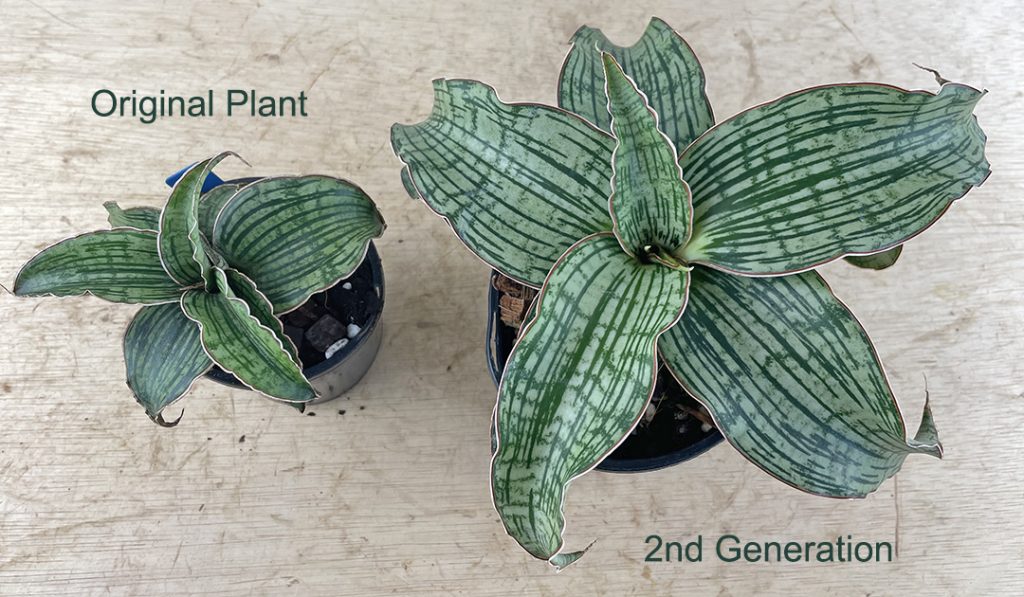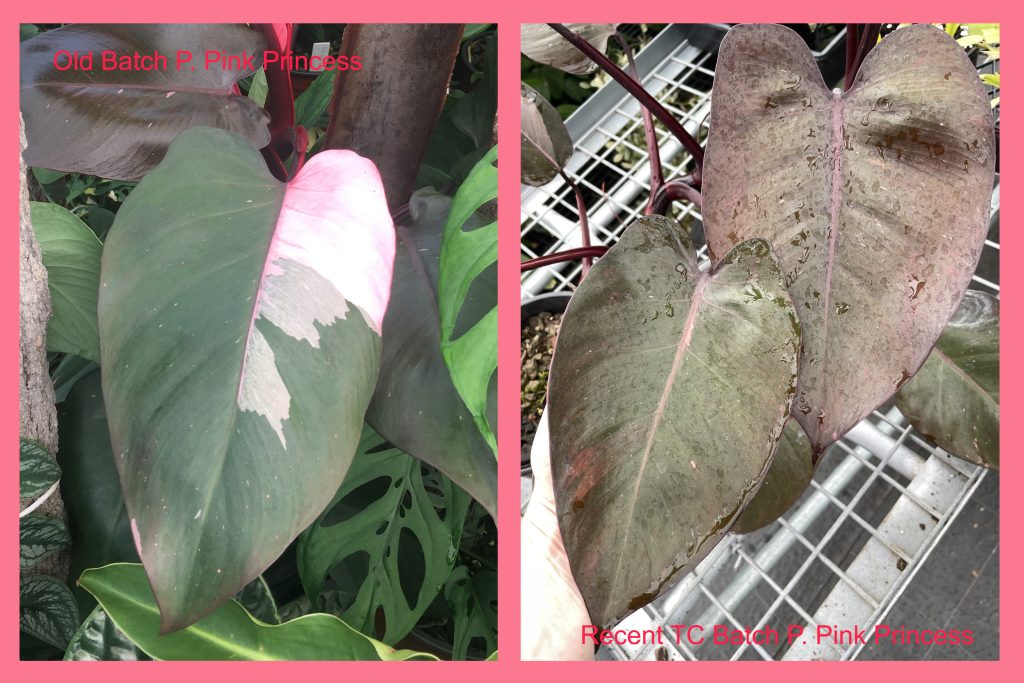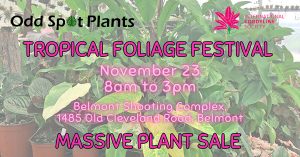
2024 Odd Spot Plants EVENTS
Odd Spot Plants will have MORE rare and unusual plants in MORE locations at MORE Plant Markets and Plant Fairs in 2024… The Tropic Plant

Firstly, let me just say that you will NOT buy Tissue Culture plants from us here at Odd Spot Plants. We believe in doing things in a more natural way and firmly believe we (and ultimately you) end up with a stronger, healthier plant in the long term. BUT that is not to say we don’t think there is a place for Tissue Culture, there certainly is, but not in your shopping cart from Odd Spot Plants.
Often Tissue Culture is shortened to its initials of TC.
Here are some definitions I found online…
“Tissue culture is the growth of tissues or cells in an artificial medium separate from the parent organism.”
“a method of biological research in which fragments of tissue from an animal or plant are transferred to an artificial environment in which they can continue to survive and function. The cultured tissue may consist of a single cell, a population of cells, or a whole or part of an organ.”
Basically, Tissue Culture is… in a laboratory, in a fully sterile environment some cells are cut from a plant; then with the use of hormones and enzymes a duplicate plant is produced.
It sounds like the plot from some B-grade movie, but it’s been happening for decades now and the majority of plants you buy from the hardware store start their life this way.
It is really good at producing vast numbers of plants QUICKLY.
Once the process of hormones and enzymes is fine-tuned (and it’s different for each plant), a laboratory can turn one plant into… thousands very quickly. So, you can go from one spectacular plant to thousands in a year – instead of having to wait a few years to do it naturally. AND sometimes a saving of a few years is critical.
Recently, I personally spoke with a Tissue Culture expert and he explained how he had saved some species from extinction. Only one or two known plant specimens existed; no one knew how they propagated; so he took them and turned them into many – thus saving a species. That is pretty awesome!
Neil Paterson explains it like this “… the hormones etc that they use in the laboratory affect the plant’s natural growth habits and it takes the plant along time to get over that and become ‘a real plant again’.”
We here at Odd Spot Plants do buy TC plants – often it is the only option, but they generally take a long time to ‘grow out’ of that laboratory phase and function like a naturally grown plant; sometimes they don’t, and we have to use natural propagation and wait for the second or third generation of plants to function correctly. The Sansevieria “Cleopatra” below is the perfect example of this. The plant on the left is the original Tissue Culture one I bought and the one on the right is a second generation off-set. My original plant has never grown any bigger and yet they have grown in exactly the same conditions.

Philodendron Pink Princess is a fine example of this. If you can find a plant like ours from 30 years ago and compare it to the most recent batches created – you can clearly see a difference – the base leaf colour is more brown than green. Thus why the current batch has been nicknamed “Poo Princess” in the industry. And the “older” ones certainly produce more of the gorgeous pink.

As a small business there are lots of pressures from all directions and yes, we need to make a profit – Rachel and Demi (our staff) want to be paid each week (fancy that) and likewise Neil and I need to pay the bills.
We could buy in all our plants from a lab, churn them out in the factory nursery, selling just a few lines – this is a proven, profitable business model and one that much of the nursery industry follows.
But… the bottom line is we love plants. We believe it is important to the long-term viability of the nursery industry that traditional methods of propagation are maintained; that you as a plant buyer deserve a variety of plants; and most of all you deserve healthy plants that are grown ready for your home.
So, support your local nursery (NOT the hardware store), ask how things are propagated, start the discussion – I’m guessing many will disagree with me (many will have no idea, sadly) AND that is ok.
But I firmly believe we need to maintain the knowledge of natural propagation (seed, cuttings, off-sets) for the benefit of all of us, especially the plants.
Happy Growing
Lisa

Odd Spot Plants will have MORE rare and unusual plants in MORE locations at MORE Plant Markets and Plant Fairs in 2024… The Tropic Plant

2024 Tropical Foliage Festival – 23 November 2024 at Belmont Shooting Complex, 1485 Old Cleveland Road, Belmont, QLD. Odd Spot Plants are coming back to

9 Nov 2024 Tropical Plant Spectacular Mt Coot-tha Auditorium @ the Mt Cootha Botanical Gardens, Brisbane QLD. ???? Saturday 9 November 2024???? Mount Coot-Tha Auditorim,